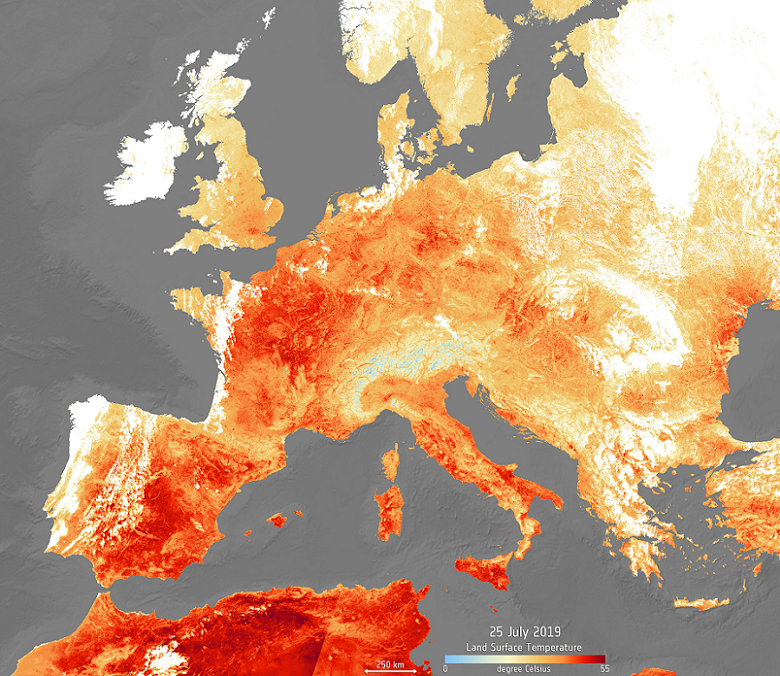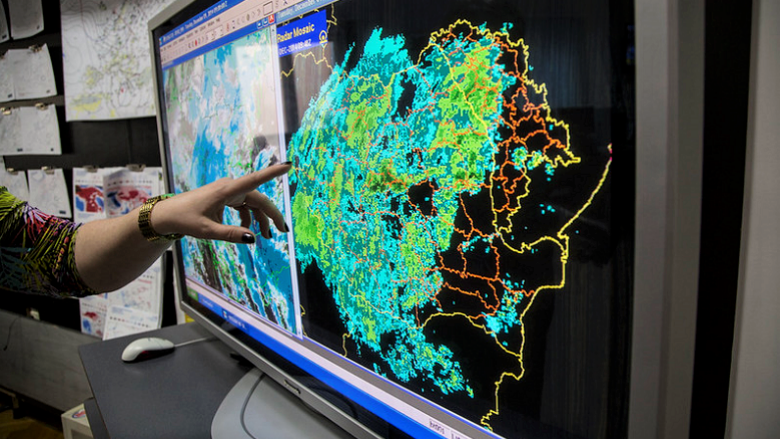Understanding risk via technology
In the face of rising climate and disaster risk, Romania is focusing on harnessing innovative technology to improving the way risk information is gathered, analyzed, and communicated to build a strong foundation for disaster risk management.
Dubbed ‘The Silicon Valley of Transylvania’, Romania’s growing tech scene is home not only to entrepreneurs, but also to engaged civil society voices looking to build Romania’s resilience from the ground up. For example, a software tool developed by Code for Romania, a local civic tech community, is enabling the government to better direct resources and volunteers in the event of a major earthquake or other disaster. Make Better, another civic organization in Romania, helped identify more than 8,000 residents of Class 1 buildings that are in severe danger of collapse from earthquakes, highlighting the importance of actionable risk information in creating effective disaster risk management policies.
The World Bank and the Global Facility for Disaster Reduction and Recovery (GFDRR) are working with the Romanian Government to leverage risk information solutions like these, as well as other innovations to reduce risk and improve emergency services. For example, the development of a new national multi-hazard risk assessment (Ro-Risk) will inform risk-reduction investments across ministries and help decision-makers better understand the economic and financial impacts of disasters. The World Bank is also supporting the modernization of emergency infrastructure across the country by ensuring that more than 3,000 first responders can rely on safer and resilient response facilities at any time. And in Bucharest, the World Bank is providing the city with technical assistance to identify sustainable and accelerated methods to improve the performance of the city’s Seismic Risk Reduction Program.
A radar-generated weather map of Romania. Better risk information, like real-time weather data, is critical to helping the Romanian government stay a step ahead of natural hazards. Photo: The World Bank
Another way that innovation is helping Romania stay one step ahead of climate and disaster risk is through a new kind of financial instrument called a Catastrophe Deferred Drawdown Option (CAT-DDO). This loan makes emergency funds immediately available for an imminent threat or in the aftermath of a disaster, and enables the government to focus on restoring services, supporting affected families, and rebuilding communities – all without redirecting funds from other important development efforts. Last year, the World Bank and the Global Facility for Disaster Reduction and Recovery (GFDRR) helped Romania secure a EUR 400 million Disaster Risk Management Development Policy Loan which includes this important mechanism.
Scaling up actionable risk information
To help scale up solutions like these in Romania and throughout the EU, over 300 experts and practitioners from around the world are gathering in Bucharest later this month for the 2019 Understanding Risk Europe Conference (UR Europe). This unique forum explores how technology and innovation can improve our understanding of climate and disaster risk to better guide policies and investments and create more resilient societies.
Related efforts are already underway to leverage the power of risk information. In Bulgaria, the World Bank is providing advisory services to the government to support its Flood Risk Management Plans by defining risk areas and identifying measures in line with EU Flood Directives. In Greece, Thessaloniki citizens teamed up with the local government and GFDRR to crowdsource safer routes to and from schools, harnessing open data principles to better inform the public about natural hazards. And in Poland, the World Bank has mobilized funds for the Odra-Vistula Flood Management Project, which aims to enhance flood protection infrastructure and related measures that will protect 5 million people from the harmful effects of floods.
Across the European Union, the challenge of preserving sustainable and inclusive growth amid rising climate and disaster risk is a difficult, and increasingly urgent, policy imperative. Through bold innovation and smart tools, however, Romania is proving that the region can make its communities safer and more resilient.



